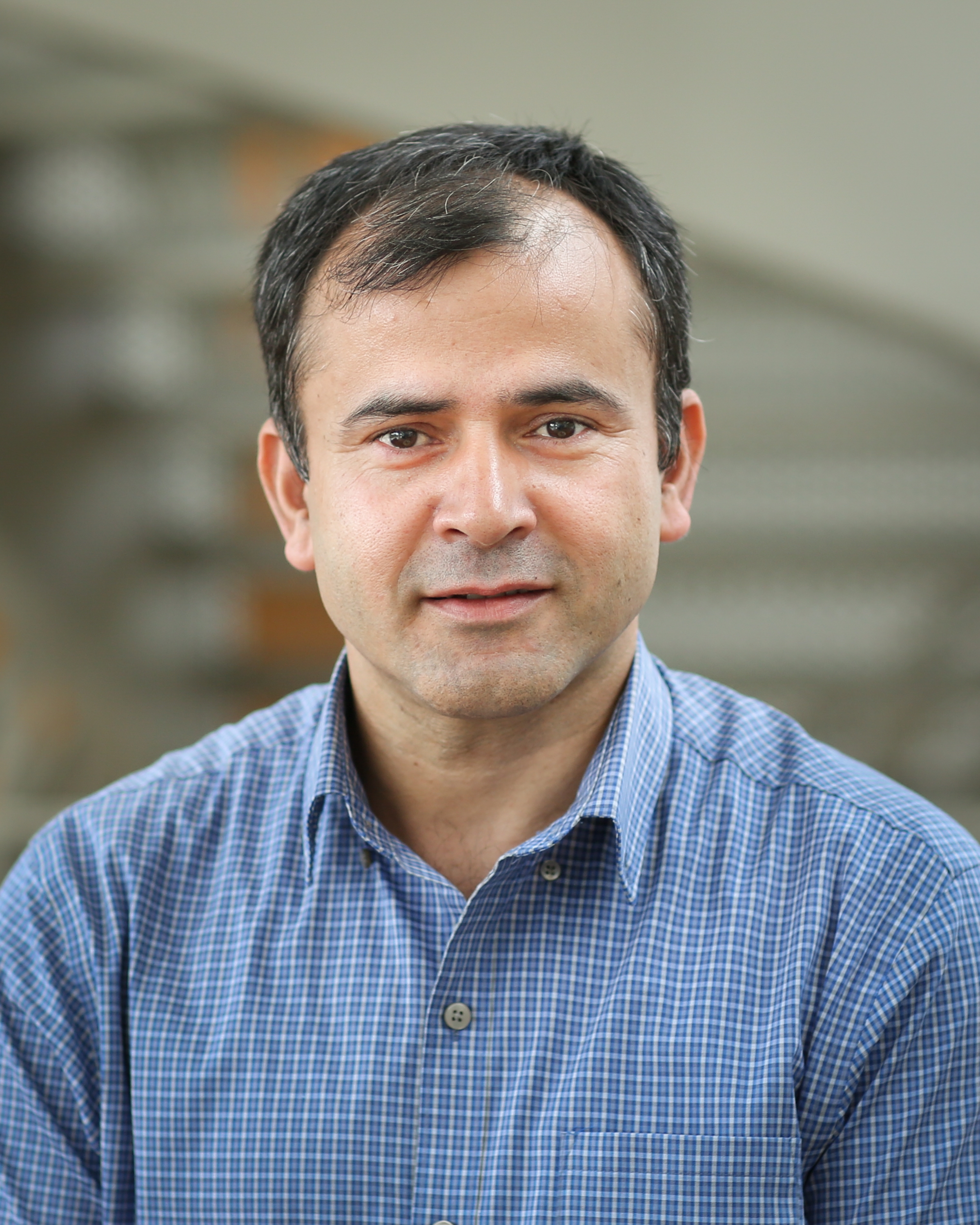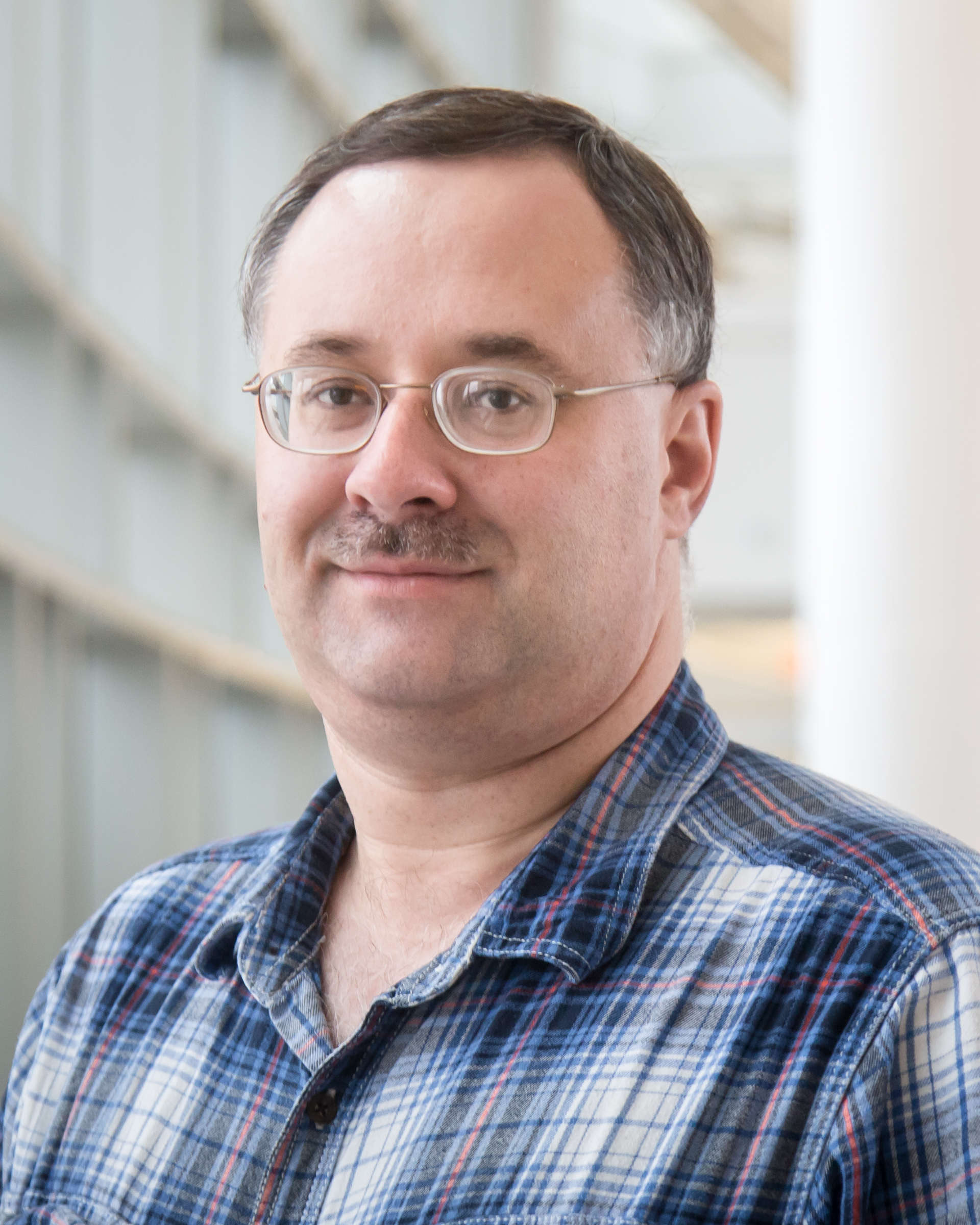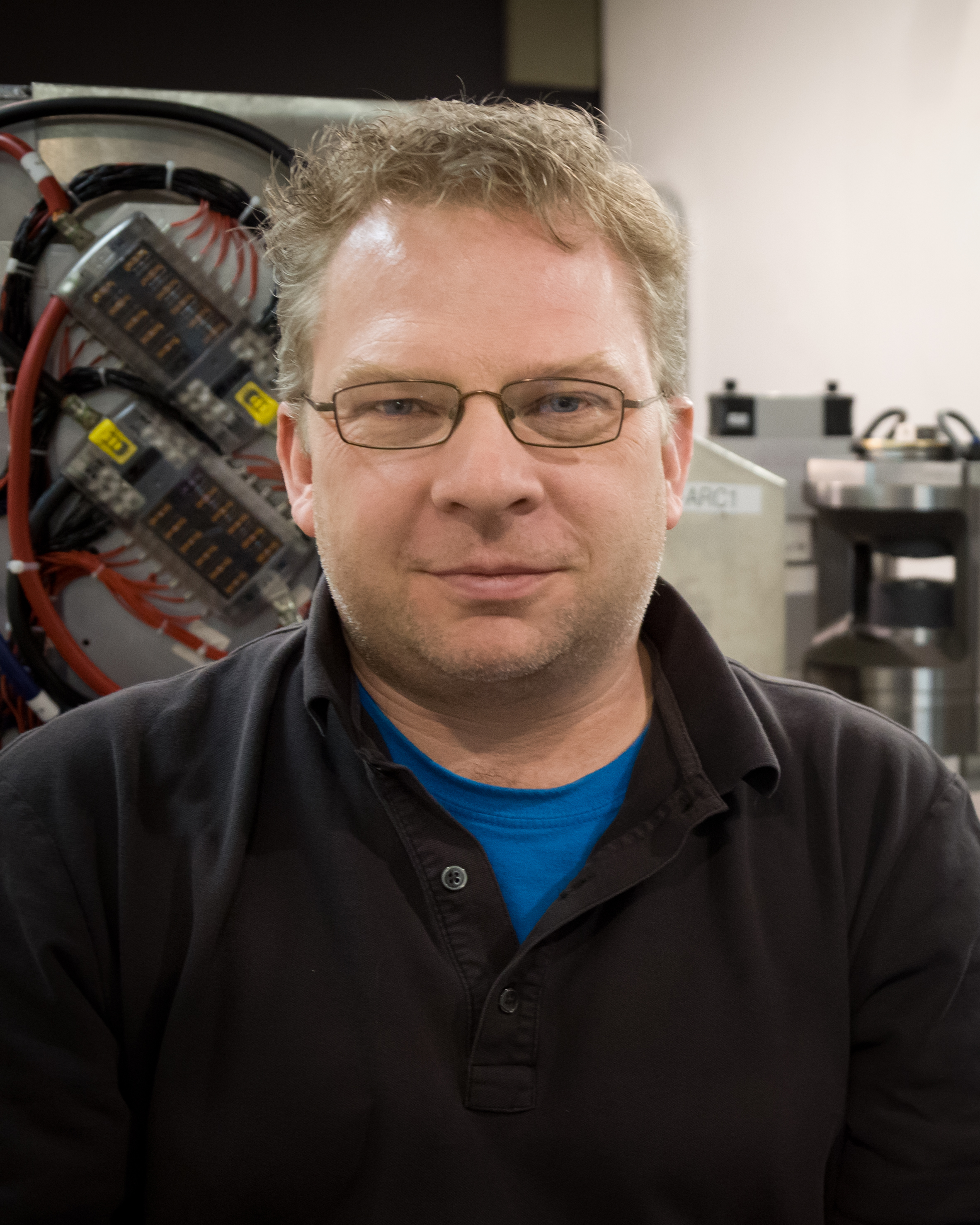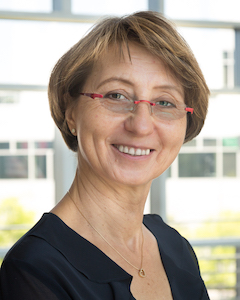Chemistry, Geochemistry and Environmental Science Highlights
"In nature, water is present either in bulk form, confined in various media or in solution. Physico-chemical properties of water are dramatically different in those states and become very important in determining the fundamental processes associated with it, such as in energy storage applications as well as in transporting ions in biological membranes." Full text
Chris Tulk, senior scientist, describes his research on ice:
"I've been interested in ice research since my second summer internship as an undergraduate student at an institute for marine dynamics. Though the institute’s research was broad, the group I worked with mainly studied ice crushing phenomena as arctic vessels impacted large bodies of ice. My supervisor grew 1000 cm^3 single crystals of ice and crushed them in a large press to study the effects of orientation on crack formation. My Ph.D. thesis was studying the elastic properties of high-pressure phases of ice using Brillouin laser spectroscopy. During my post-doc studies I started studying amorphous forms of ice (including vapor deposited ice) and icy compounds using x-ray diffraction, Raman spectroscopy and inelastic neutron scattering. This continued at the Advanced Photon Source and Intense Pulsed Neutron Source at Argonne National Laboratory during the construction and commissioning of the SNAP instrument at the Spallation Neutron Source at Oak Ridge National Laboratory. Believe it or not, after more than 25 years I'm just now beginning collaborations with the planetary and space ice community."
Read: Creating exotic ‘outer space’ ice at SNS
“I am excited about these materials: spontelectric solids, a new form of molecular solid; about our success in developing, building and using a very complicated experimental setup that enables growing, in situ, multilayer heterostructures of spontaneously polarized films of methyl formate (alternating hydrogenated and deuterated forms); and about combining all of the above with polarized neutrons and a magnetic substrate for contrast variation.” Read more






